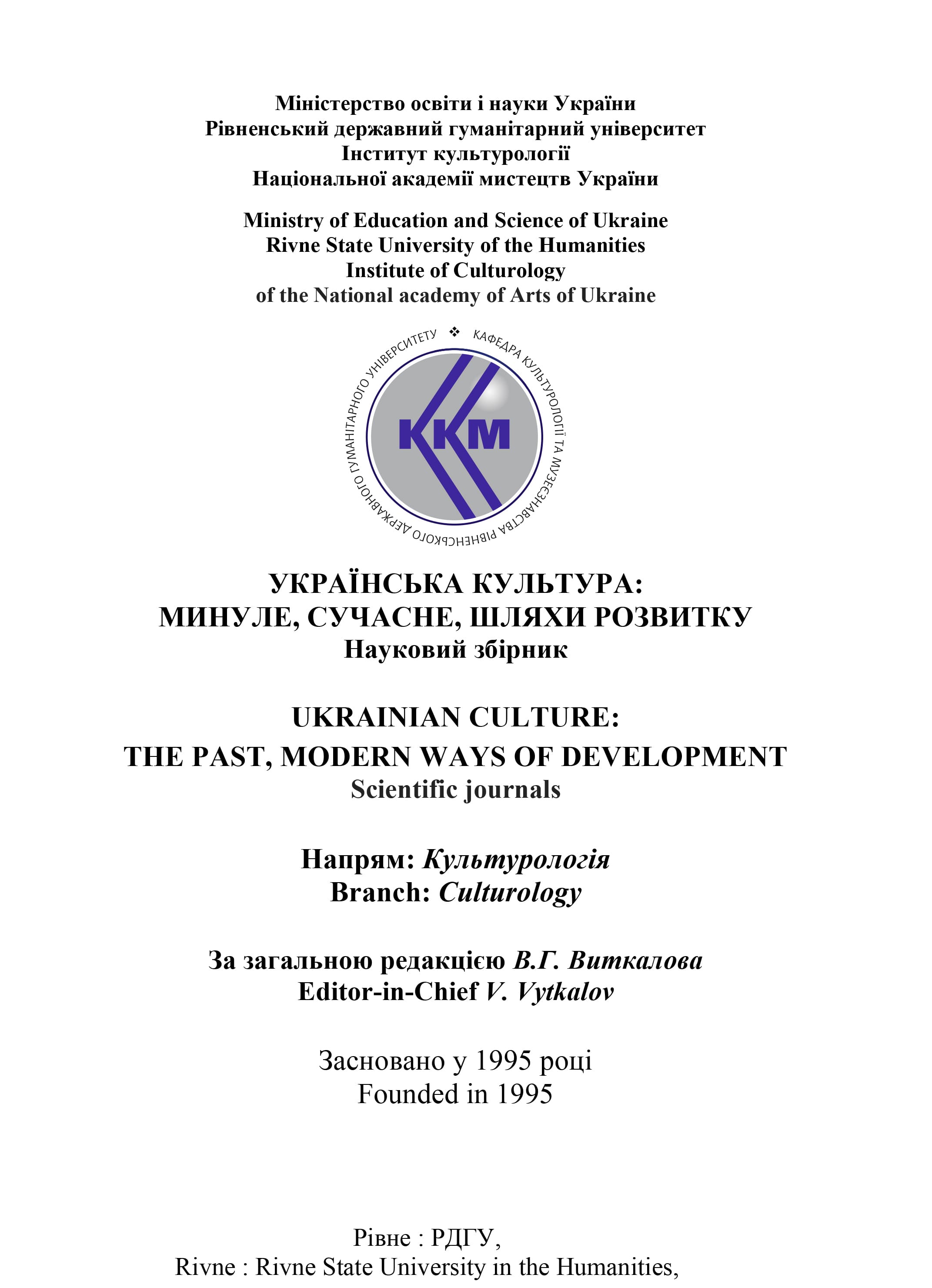VISUAL CULTURE IN ART HISTORY (ASPECT OF COLOR)
Abstract
The aim of the article is to study and analyze the role, meaning and functions of color in the history of arts and religions. The article is aimed at considering the problem of color pollution in the modern globalized world, and actually introducing the term «color pollution» into scientific circulation and analyzing this phenomenon in the visual aspect of the history of world art.
Results. It has been found that the color range of a person's preferences gravitates towards naturalness, and the closer he lives to the center of an urbanized city, the more this need grows. In addition, a certain trend has been identified, according to which modern marketing trends are increasingly turning to monochrome, desaturated colors and producing
more calm and unobtrusive advertising. However, most manufacturers of advertising products still try to attract the attention of the buyer with more flashy colors. Superimposing these trends on the history of art and religion, we observe natural processes that occur thanks to the psychosomatic influence of color on human consciousness, because art and religion have always been created by man for man. Given its relevance and versatility, this topic requires further study by various specialists, in particular in the fields of psychology, art history, marketing, sociology, and even medicine.
Novelty. In the article, the author proposes the introduction of the term «color pollution» into scientific circulation and an original view of the influence of colors on the everyday life of an individual. The practical significance. Prospects for further development of the topic may be specialized research in each of these scientific areas. The practical significance of the discussed topic lies in the introduction of the new term «color pollution» and the results of a survey among students.


